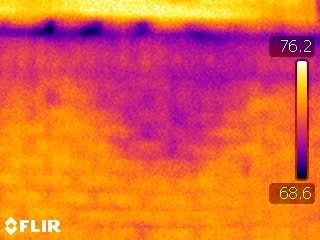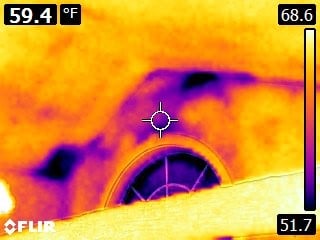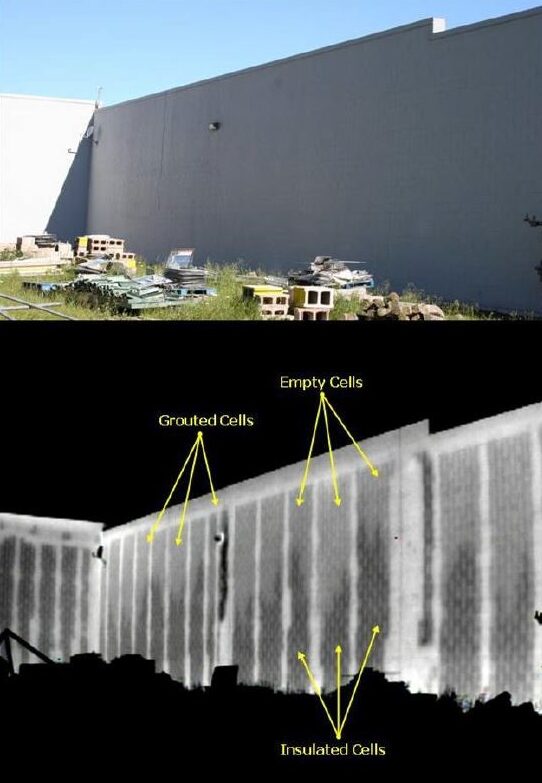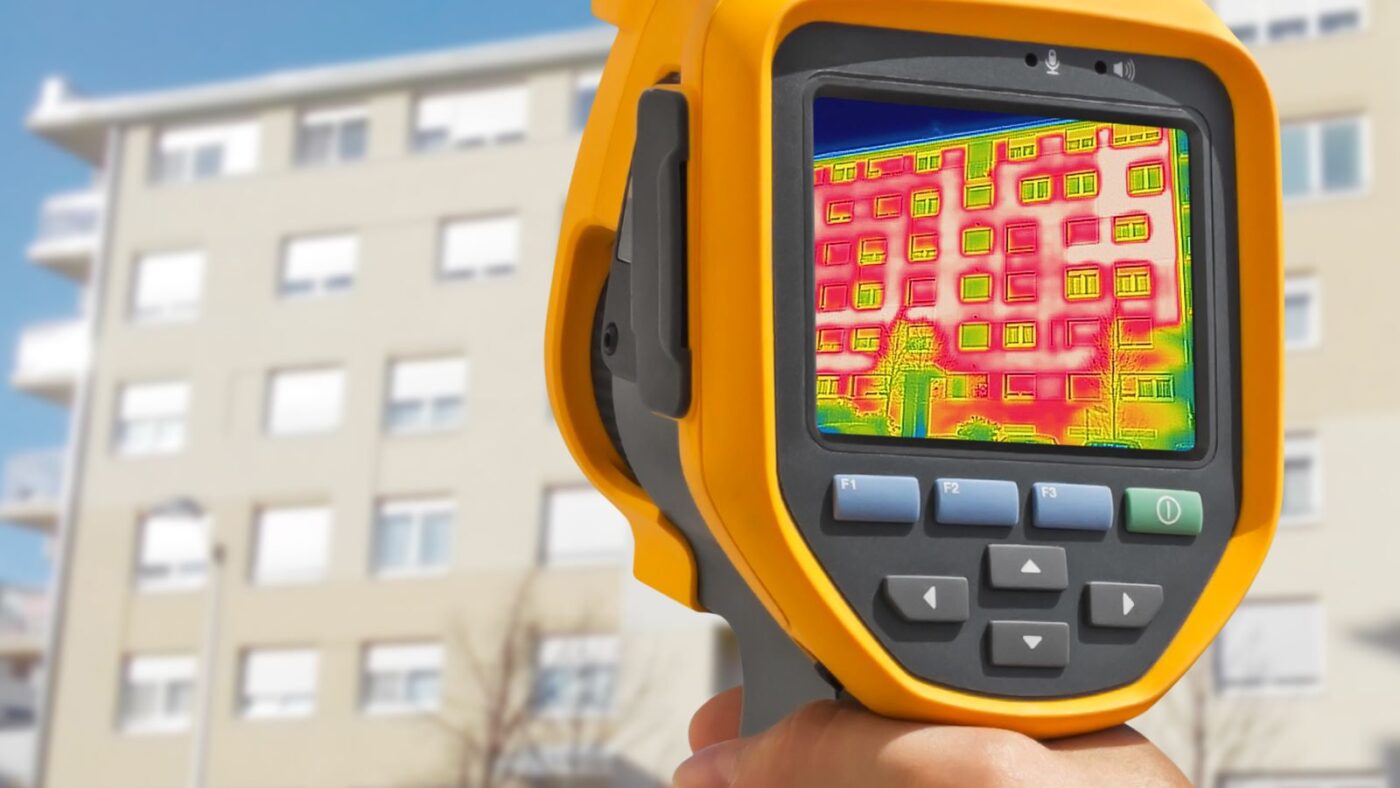At VERTEX we get a lot of questions regarding the mystifying magic of Infrared or “IR” especially when we are on site and people see the strange looking device in our hands or hanging from our necks. Some folks have ideas of what they think it is and what it does, but when we take a couple of minutes to explain the tech to them, they quickly learn that their preconceptions are based more on Hollywood special effects than boring old science. And yes, it is old and you had your first introduction to it when you fried the backs of your legs on a metal slide on a sunny summer day at the local playground, but more on that later. It also seems that IR has become a bit trendy particularly since the cost of the equipment has come down and the devices have become integrated into very common things like your car. That’s right, if you have a newer model with an object avoidance feature you probably have IR built into the vehicle. But we’re not here to talk about cars, we are here to talk about buildings and whether or not IR is an appropriate tool for your specific project.
What is Infrared (IR) Technology?
What is “IR” (Infrared) and how is it useful for building diagnostics? Remember the hot slide as a little kid, that was your introduction to the concepts that I am about to discuss. You couldn’t see that the slide was hot, you didn’t know it until you were well on your way towards the ground with no way of turning back. Well, IR thermography can help us now “see” temperature, which helps us analyze our buildings. Specifically, we can detect minute differences in the surface temperature of objects that assists us in locating sources of water intrusion, deficiencies with building envelope systems, overloaded circuit breakers, and many other uses too vast to list here (see Figures 1-3).



It is often one of the first tools we use to diagnose an issue. It helps us determine what areas we need to examine more closely, particularly when the source of your problem is unknown. IR is great at doing this quickly and accurately and leads the skilled professional towards the locations of concern that might not be visible to the naked eye.
How this is accomplished is through the subtle differences in a material’s reflected temperature which is what the camera “sees.” We are looking for differences in the temperature of materials compared to its surroundings. For example, materials with a higher than normal moisture content in a specific location will show up as a color “anomaly” when viewed in the context of the unaffected material around it. What I want you to take away here is that it is the first step, albeit an important step, in an investigative process – not the end result.
Considerations When Using Infrared Technology
Hammers, screwdrivers, and tape measures are all commonly recognized tools of the construction industry. As technology becomes more widely available, lesser known but increasingly valuable tools are coming into the mainstream. Right now, you can visit your local big box home improvement store and purchase an IR camera which is great, but do you really know how to use it effectively? I can just as easily go to a pharmacy and buy a stethoscope but I’m still counting on my doctor to give me a clean bill of health. The same applies to your buildings. This great tool that we all now have access to is only as good as the person using it and analyzing the information it provides us. The knowledge and experience of the user are of vital importance. Also consider this little anecdote when searching for someone to provide you with IR services: “To a hammer, every problem is a nail.” While IR is a great tool in capable hands, just be wary of those who are selling IR as a standalone service. Yes, it is an effective tool but it should only be one of the tools in the toolbox, and I can’t repeat this enough times; the quality of your results depends largely on the person holding the camera.
How Can VERTEX Help?
Infrared technology is here to stay and will be increasingly incorporated into our lives whether we see it or not. VERTEX has capable professionals that employ this technology for a host of uses particularly when it comes to building envelope diagnostics. Not only can we perform IR surveys for you, but we also start the conversation by asking a few pertinent questions to help us determine if IR is appropriate for your needs. Remember, IR is at the tip of the spear when it comes to analyzing your building and it helps us determine the next steps that may be required to find solutions to your building’s needs.
To learn more about VERTEX’s Forensic Architecture and Industrial Hygiene & Building Sciences services or to speak with a Forensic Expert, call 888.298.5162 or submit an inquiry.
Author
Brian Dunn, AIA, NCARB
Forensic Architect



